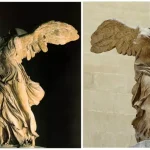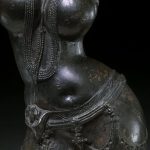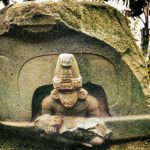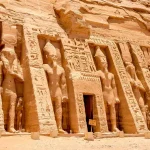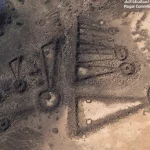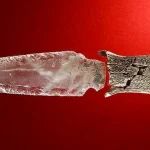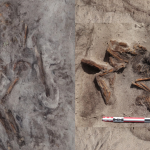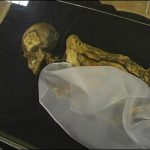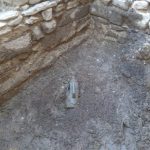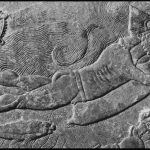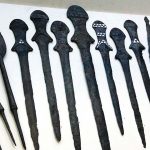One of 413 Ushabti Figures from the Tomb of Tutankhamun (c. 1334–1325 BC)
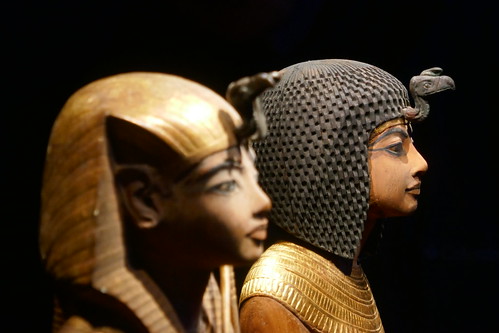
This small statue is one of the 413 ushabtis discovered in the tomb of Pharaoh Tutankhamun. Ushabtis (from the Egyptian wšbtj or šwbtj) were funerary figurines made in the likeness of the deceased and commonly inscribed with spells or verses from the Book of the Dead, especially Chapter 6.
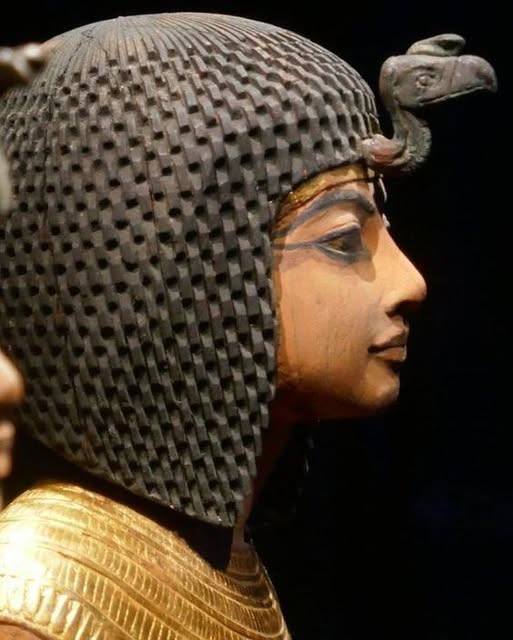
Their purpose was deeply spiritual: they were intended to serve the deceased in the afterlife by performing tasks and labor that might be required—such as cultivating fields, carrying water, or transporting sand. As such, they acted as magical substitutes, ready to respond on behalf of the dead whenever called upon.
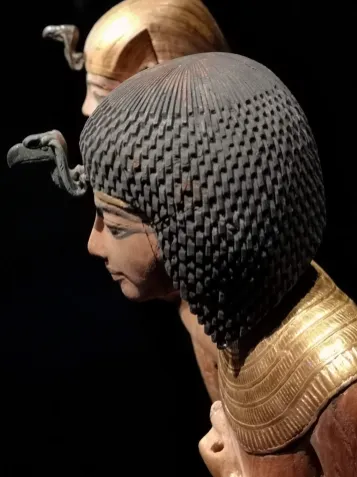
Typically shaped like miniature mummies, ushabtis became a common feature in Egyptian burials from the Old Kingdom onward. They reflect a unique aspect of ancient Egyptian beliefs about the afterlife—that even in death, the soul might be required to perform duties. This belief is echoed in the inscription often found on these figures:
“If I am called upon to till the fields, irrigate the land, or carry sand from east to west… ‘I’ll do it,’ you shall say.”

Thus, ushabtis were both magical and practical, serving as eternal helpers for the journey beyond.
